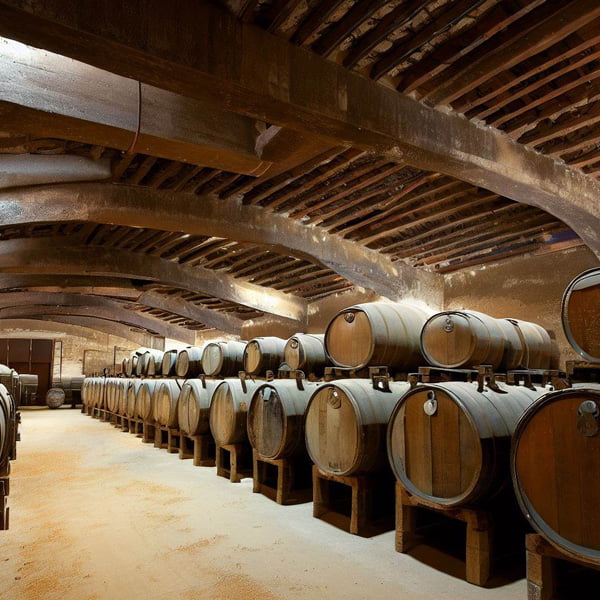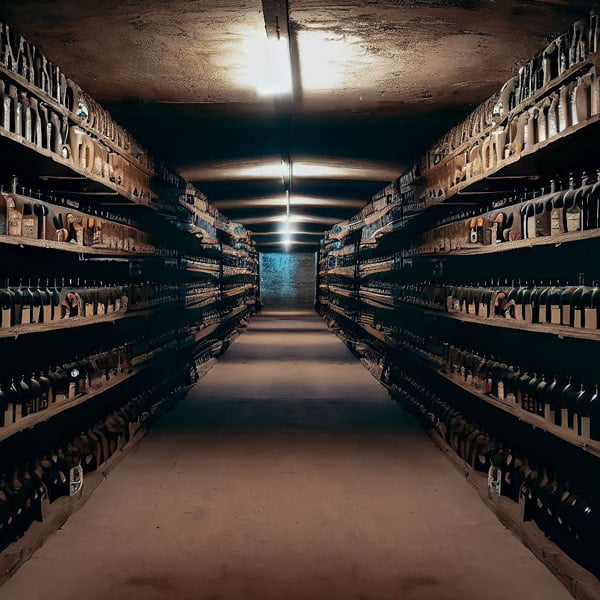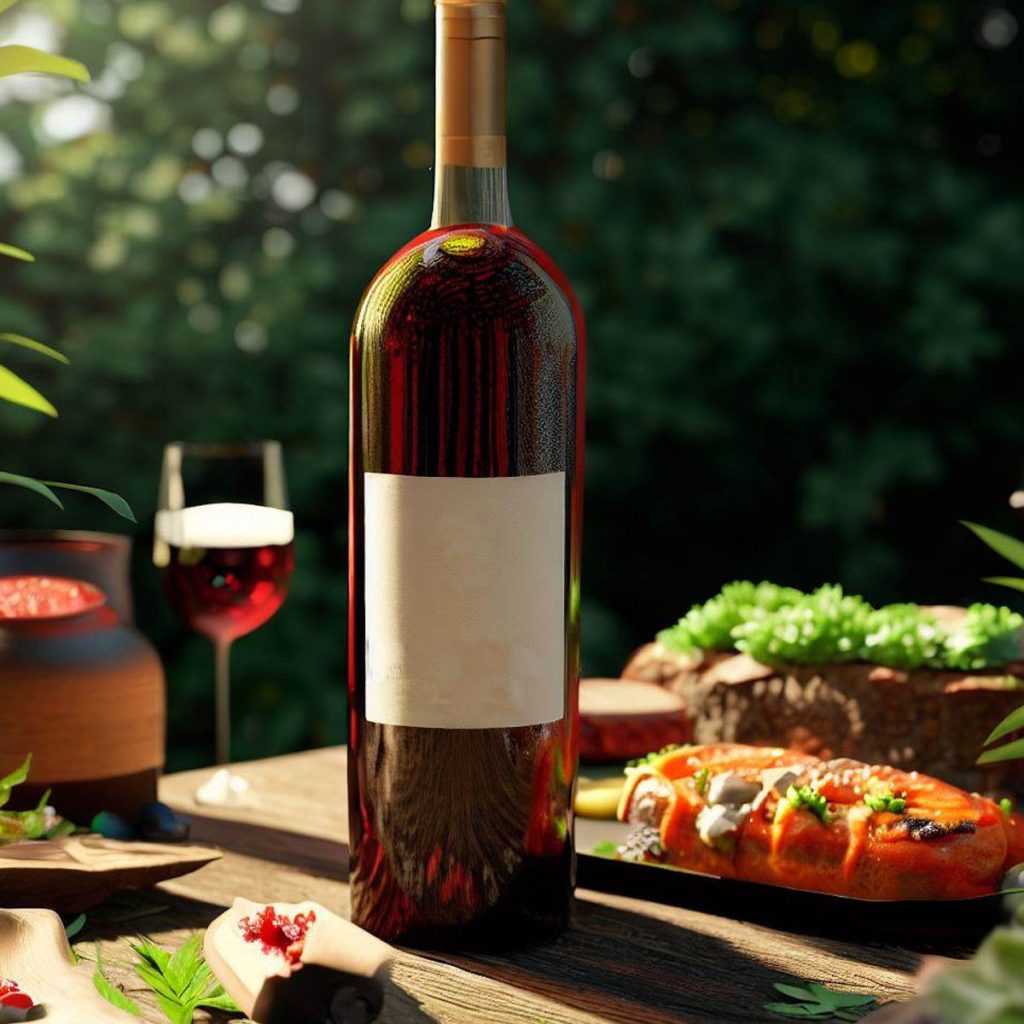Wine, the celestial nectar of the gods, the lifeblood of civilised society, the elixir that’s spun more tales than a British pub-goer after a pint or five. This article is your ticket to the wonderful world of wine, a guide designed to introduce you to the fundamentals of wine and equip you with the knowledge to navigate this complex yet delightful landscape with confidence.
Back to Basics: Wine 101
Let’s begin our journey by understanding the basics of wine. Wine is, at its core, fermented grape juice. The process of fermentation involves the transformation of the sugars present in grape juice into alcohol through the action of yeast. It sounds simple enough, but the magic lies in the details – the type of grape, the location of the vineyard, the fermentation process, and the skill of the winemaker all contribute to the vast array of wines we have at our disposal.
There are four fundamental types of wine – red, white, rosé, and sparkling. Red wine is made from black grapes, and its colour comes from the skins, which are left in the juice during fermentation. White wine, on the other hand, can be made from either white or black grapes, but the skins are removed before fermentation, resulting in a clear wine. Rosé is somewhat of a halfway house between red and white, with the skins of black grapes left in the juice for a short period to give the wine its signature pink hue. Sparkling wine undergoes a second fermentation process that infuses the wine with its characteristic bubbles.
The World in a Glass: Different Wines from Around the Globe
Now that we’ve covered the basics, it’s time to take a closer look at the different wines from around the world. Wine is produced in nearly every corner of the globe, from the sun-drenched vineyards of California to the idyllic rolling hills of Tuscany, the expansive plains of Australia, and even the cool climate vineyards of England.
Each region produces wines with unique characteristics, shaped by factors such as the local climate, soil, and grape varieties used. For instance, a Pinot Noir from the Burgundy region in France will exhibit vastly different characteristics from a Pinot Noir produced in Oregon, USA, despite being made from the same grape variety.
As a beginner, you might want to start by exploring well-known wine regions and grape varieties. A great recommendation is the “La Vallon Pinot Noir 2017” – an excellent example of a French Pinot Noir that is both elegant and approachable.


The Art of Drinking Wine: A Beginner’s Guide
Drinking wine involves more than just uncorking a bottle and pouring it into a glass. To truly appreciate wine, one must learn to engage all their senses – sight, smell, and of course, taste.
Begin by observing the wine in your glass. The colour can tell you a lot about the wine – for instance, red wines deepen in colour with age, while white wines tend to darken. Next, give the wine a swirl to release its aromas, and take a moment to inhale deeply. Try to identify different scents – you might pick up hints of fruits, flowers, spices, or even earthy tones.
Finally, take a sip, but don’t swallow immediately. Instead, let the wine coat your palate. Try to identify the different flavours – is it fruity, spicy, or perhaps earthy? Is it sweet, or dry? Does it feel light or full-bodied? The “La Montagnette 2021” is a perfect wine to practice these techniques, with its delightful aromas and complex flavour profile.
Remember, the art of drinking wine is not about following rigid rules, but about discovering what you personally enjoy.
A Gentle Introduction: Good Wines for Beginners
Choosing a good wine for beginners can be a daunting task, especially given the vast array of wines available. Fear not, for I have a few suggestions that will make your foray into wine tasting a pleasant one.
Firstly, consider starting with lighter, fruitier wines. They are typically easier to drink and can help you develop your palate before moving on to more complex varieties. For red wines, consider varieties such as Pinot Noir or Merlot. For whites, a Sauvignon Blanc or a Chardonnay could be a good starting point.
Wine recommendations for beginners include the “Alcoolitre Rouge”, a medium-bodied red wine that is well-balanced and easy to drink. The “Le P’tit Vaillant” is another great option, a white wine known for its refreshing and aromatic profile. Lastly, the “La Saoulee 2021” is a rosé that’s an absolute delight, with its fruity notes and soft finish.
Raising the Bar: How to Drink Wine Like a Pro
Now that we’ve covered the basics, let’s delve into the finer points of how to drink wine. Drinking wine like a pro involves understanding a few key concepts such as the serving temperature, proper glassware, and even the order in which to taste different wines.
As a general rule, white, rosé, and sparkling wines are best served chilled, while red wines should be slightly below room temperature. Serving wine at the right temperature can significantly enhance its taste and aroma.
The shape and size of your glass can also affect your wine experience. As a general rule, red wines are best served in larger, rounder glasses, while white and rosé wines fare better in smaller, narrower glasses.
Finally, if you’re tasting multiple wines, start with the lightest (usually white wines), and progress to the heavier ones (red wines). This will prevent the stronger flavours of the red wines from overpowering the more delicate whites.
Wine tasting is a journey, not a destination. It’s about exploring new flavours, discovering your personal preferences, and most importantly, enjoying the experience. So, here’s to your vinous voyage – may it be filled with delightful discoveries and unforgettable memories.
Remember, the world of wine is one of endless exploration and discovery. Each bottle tells a story – of the land, the climate, the grapes, and the winemaker’s art. So, raise a glass, take a sip, and immerse yourself in the delightful journey that is wine education. Cheers!

















